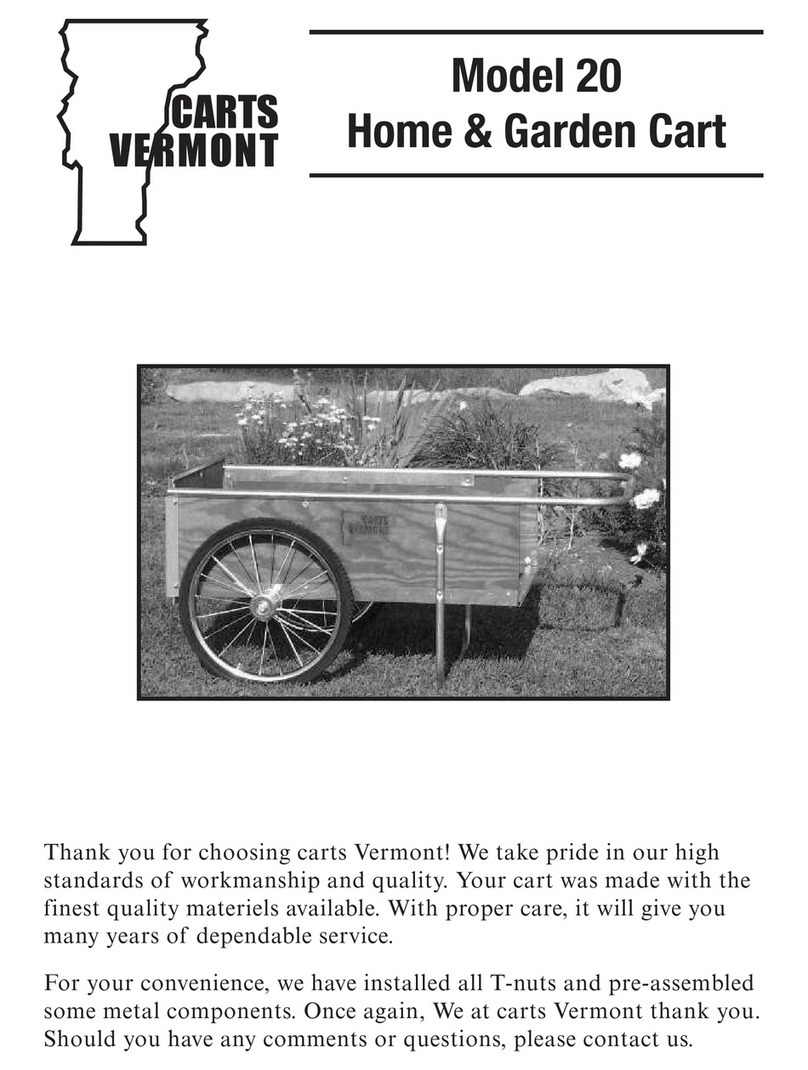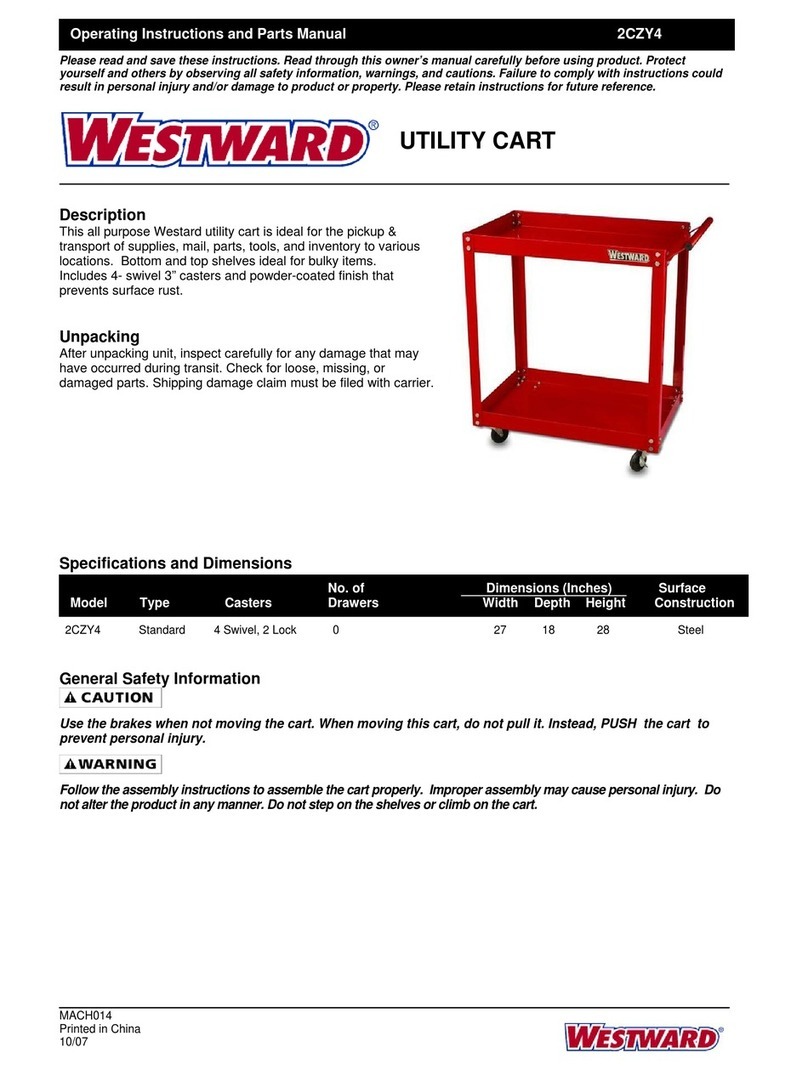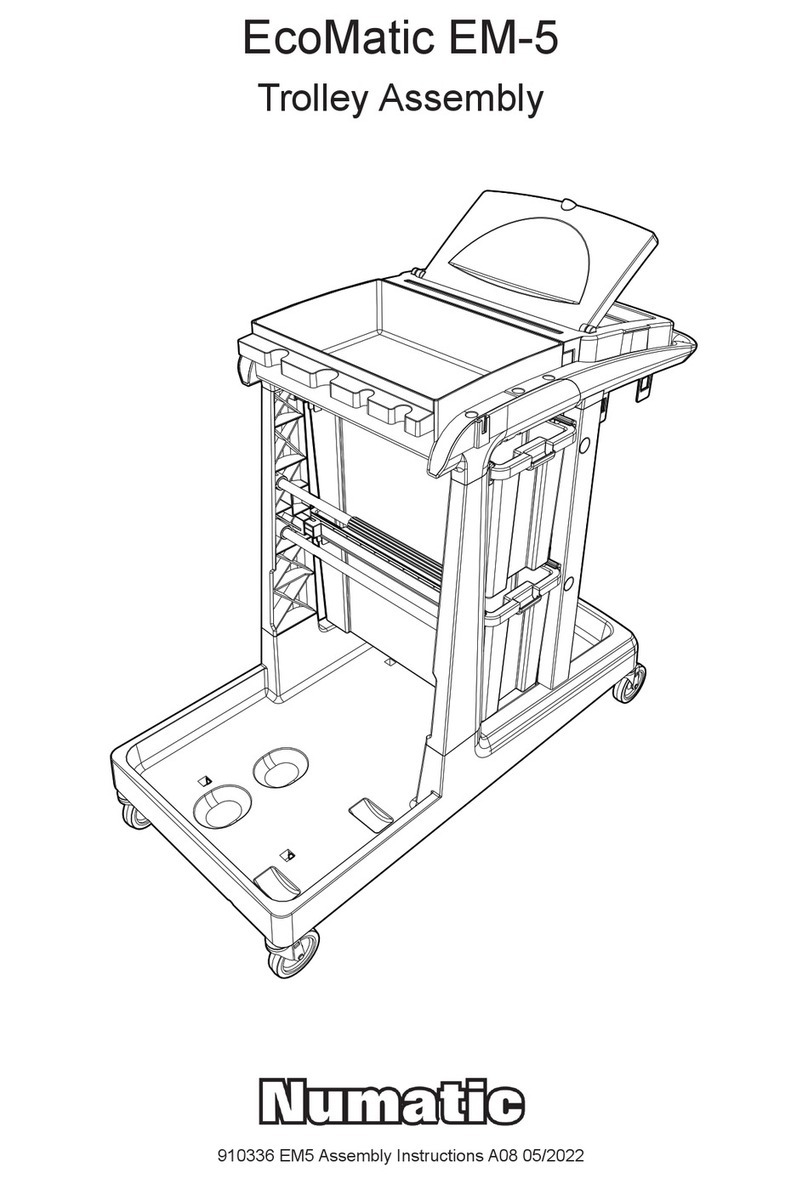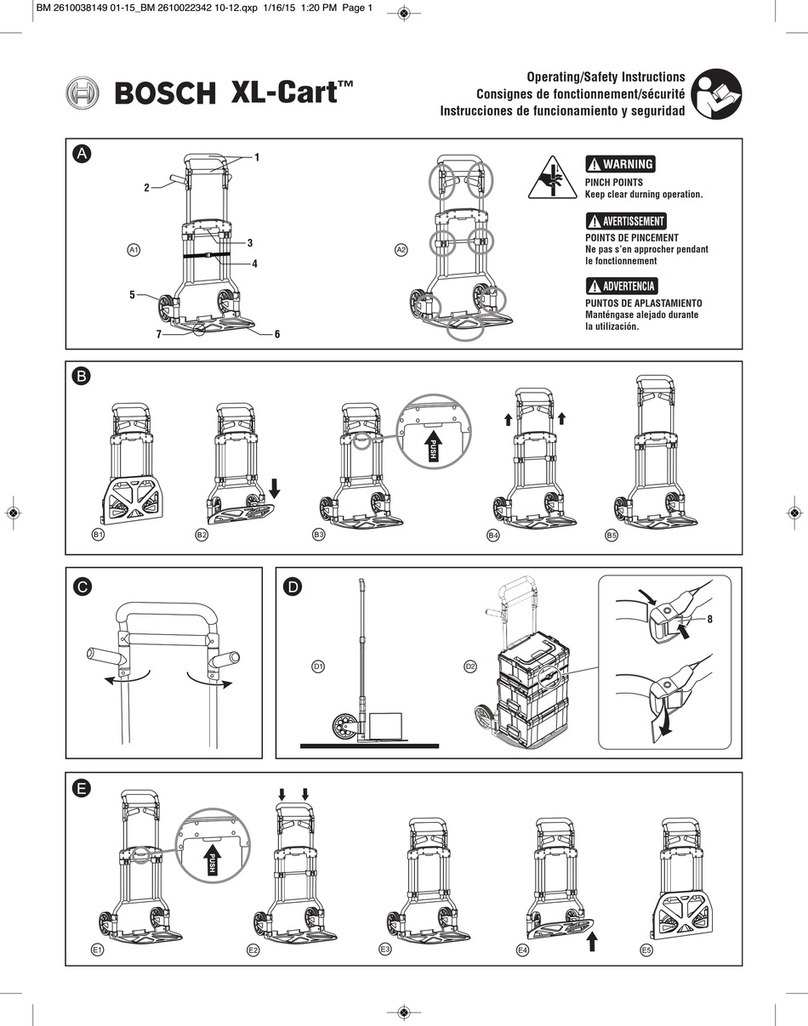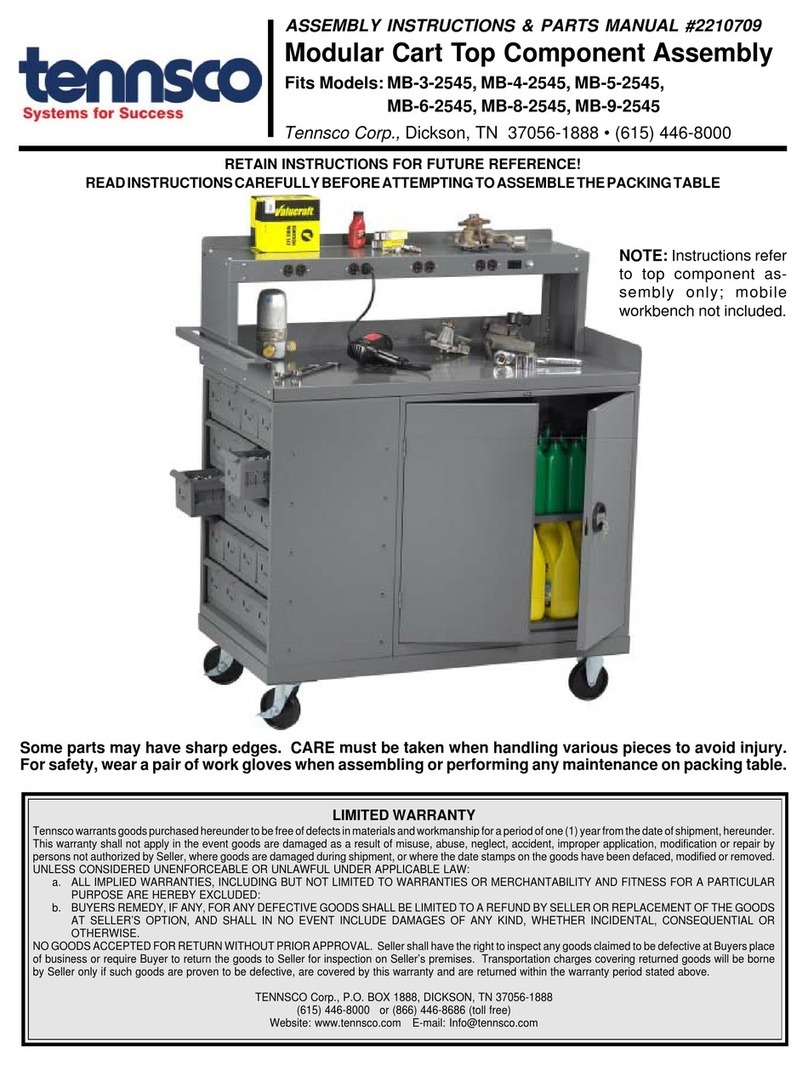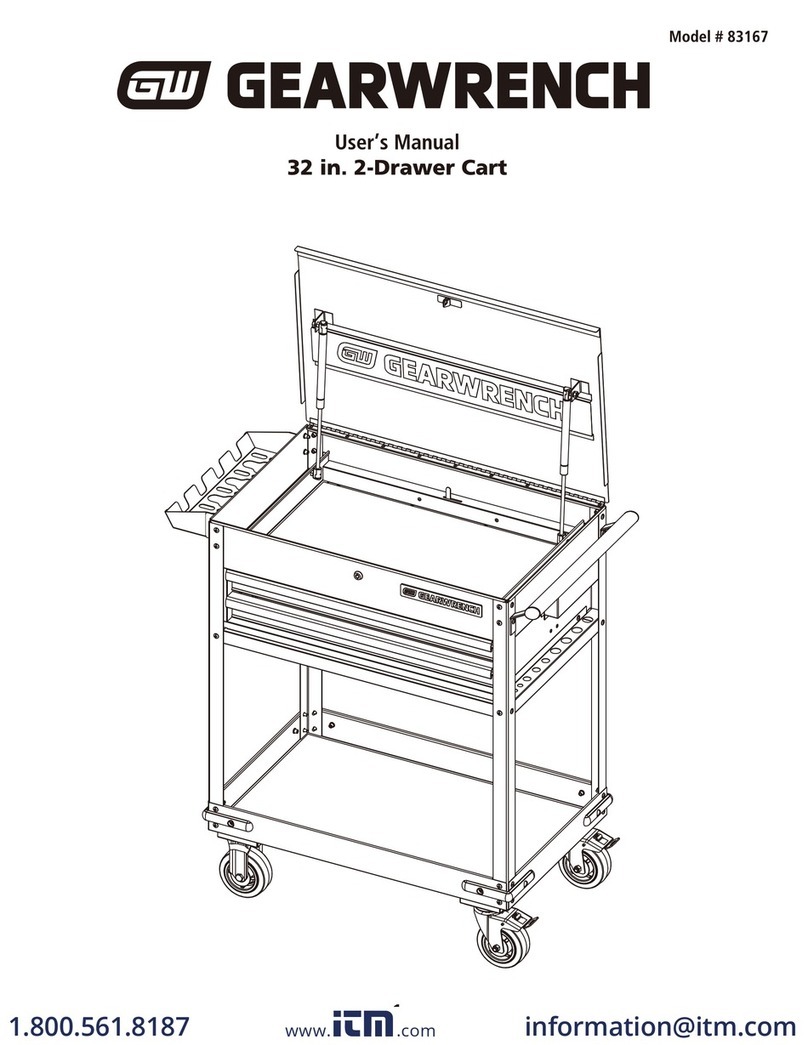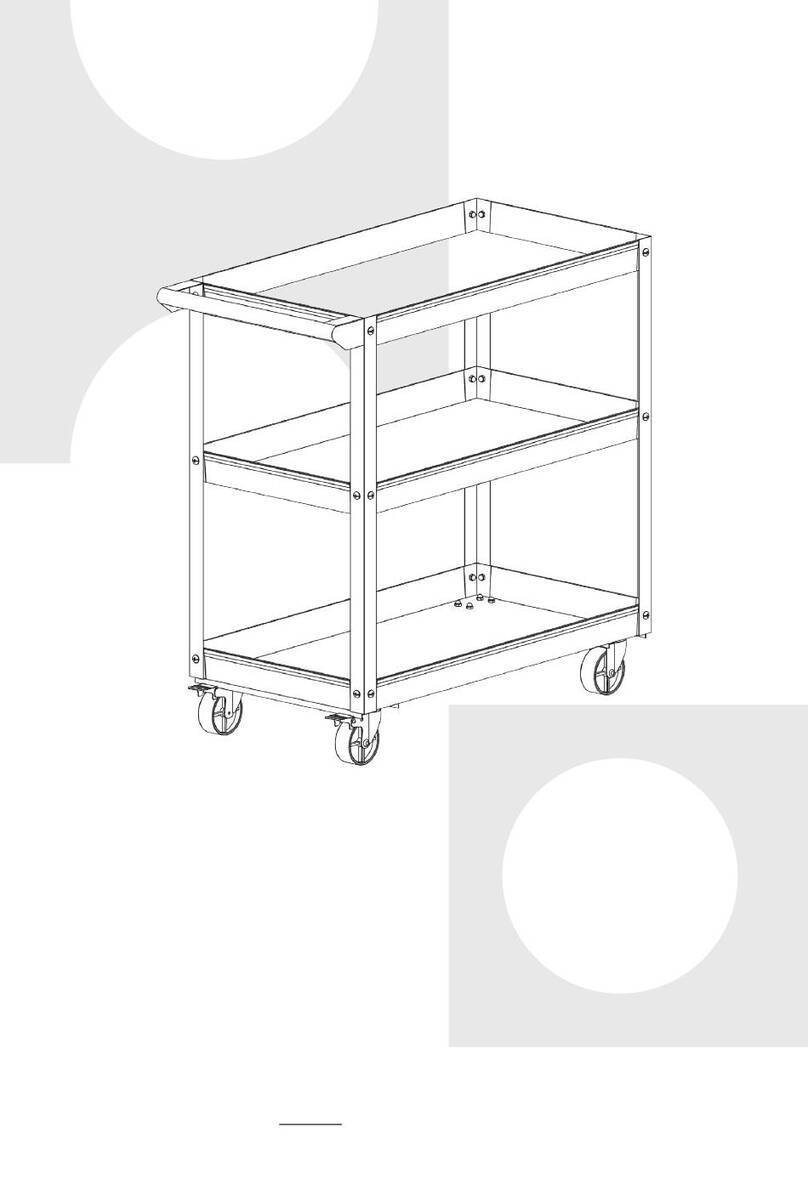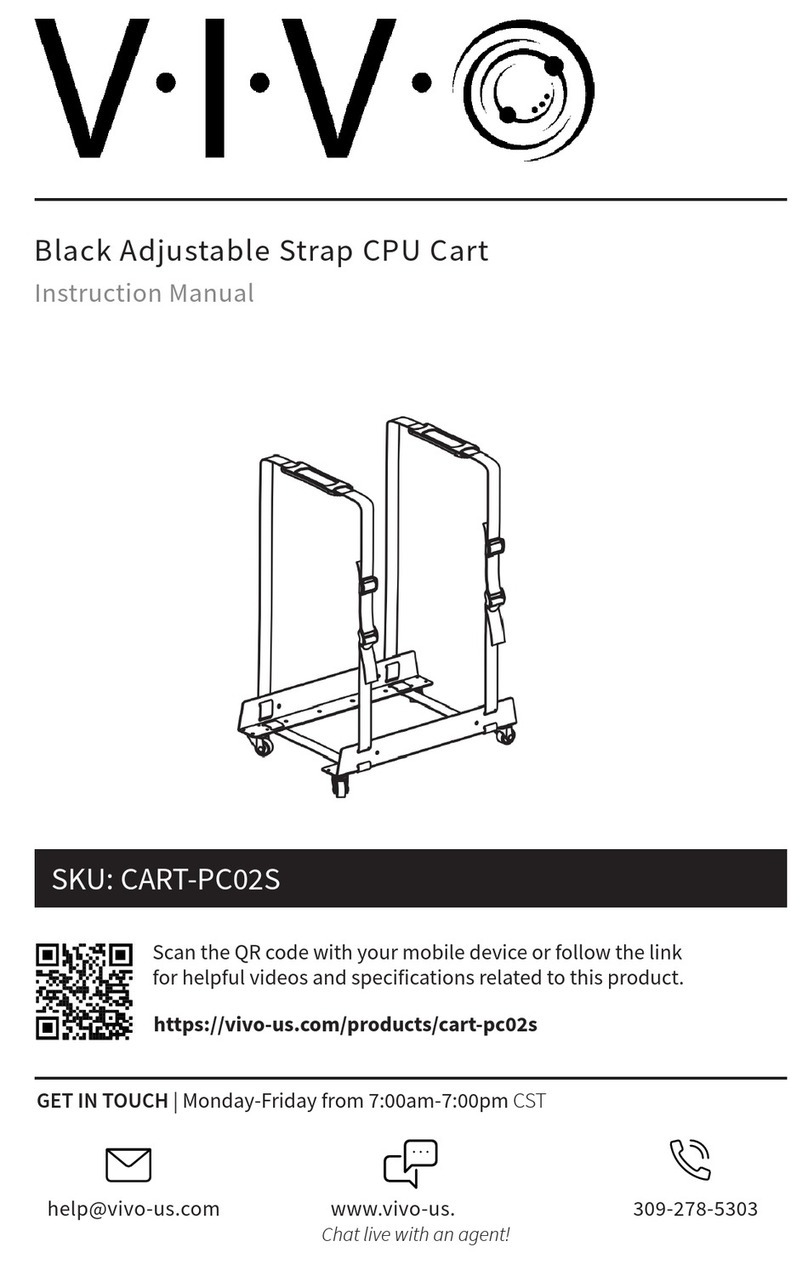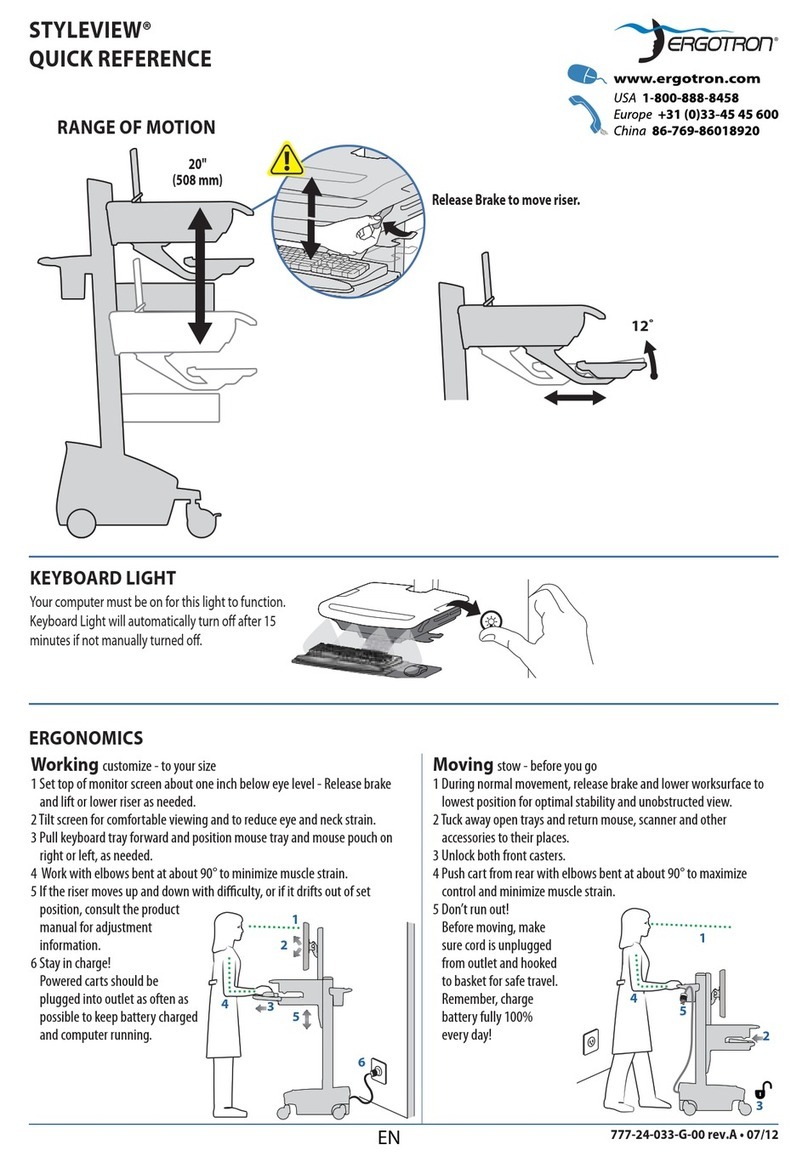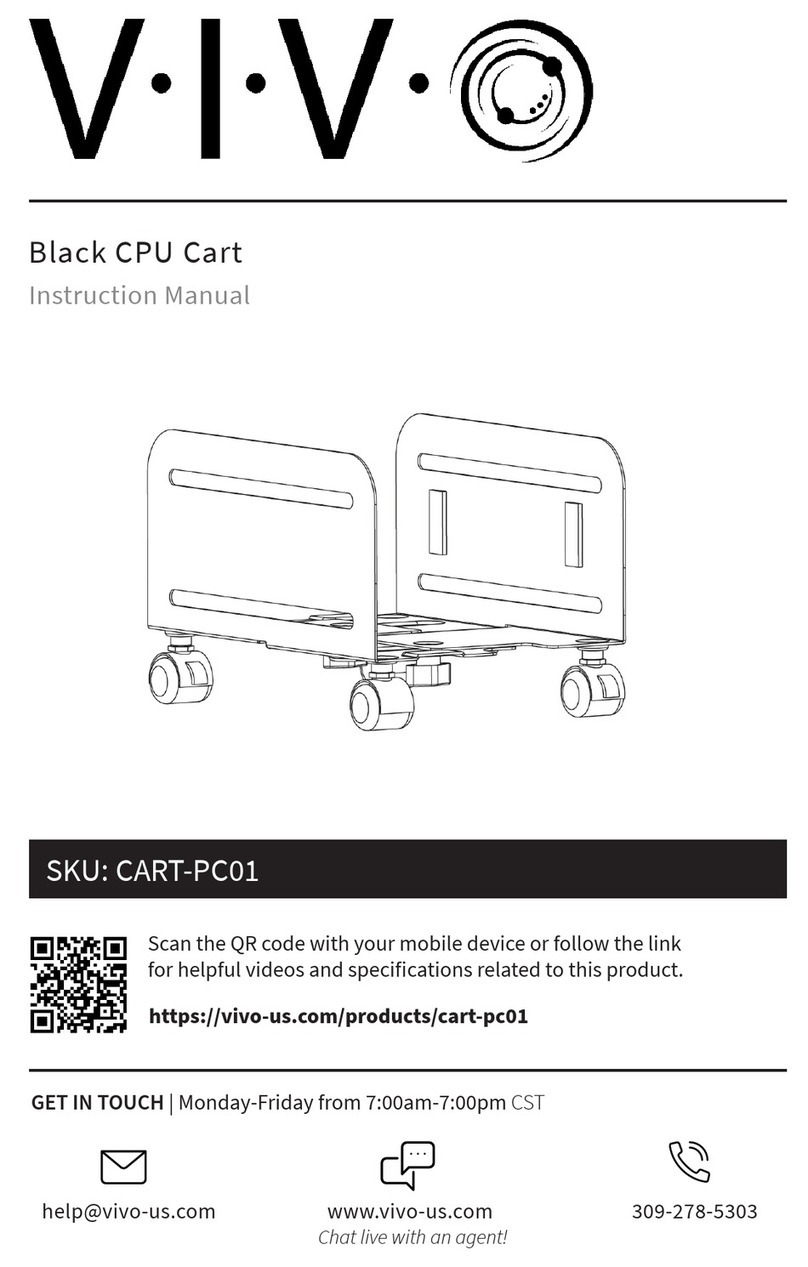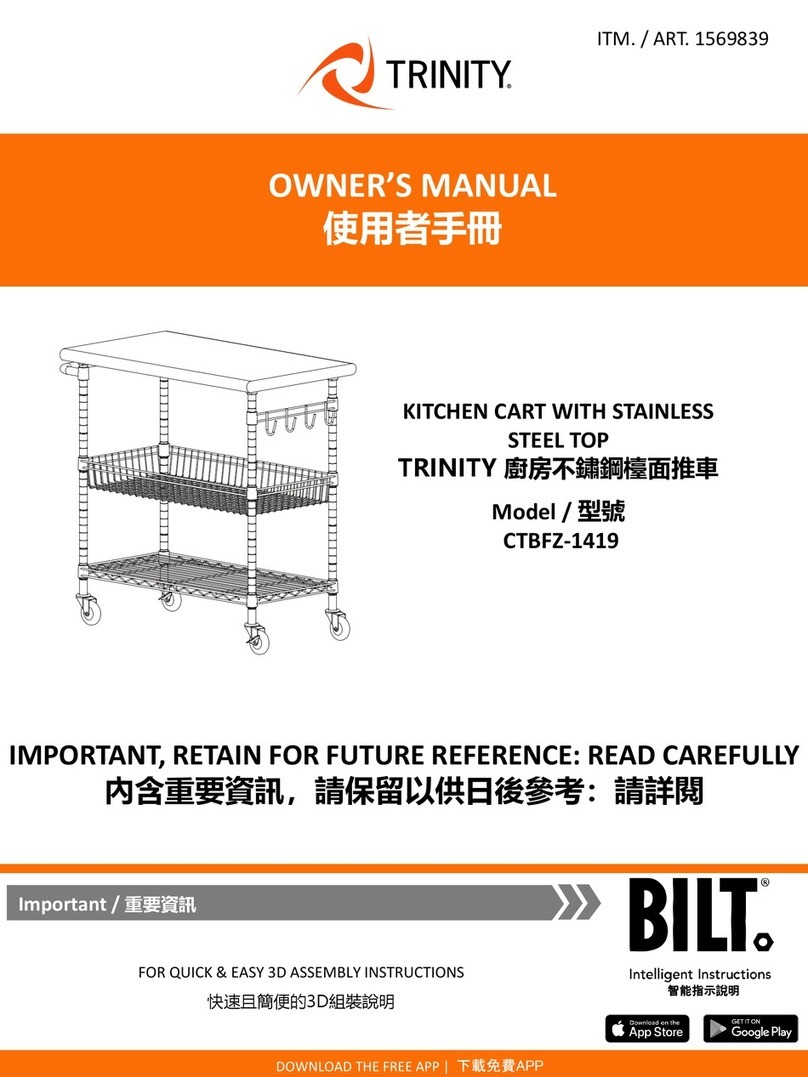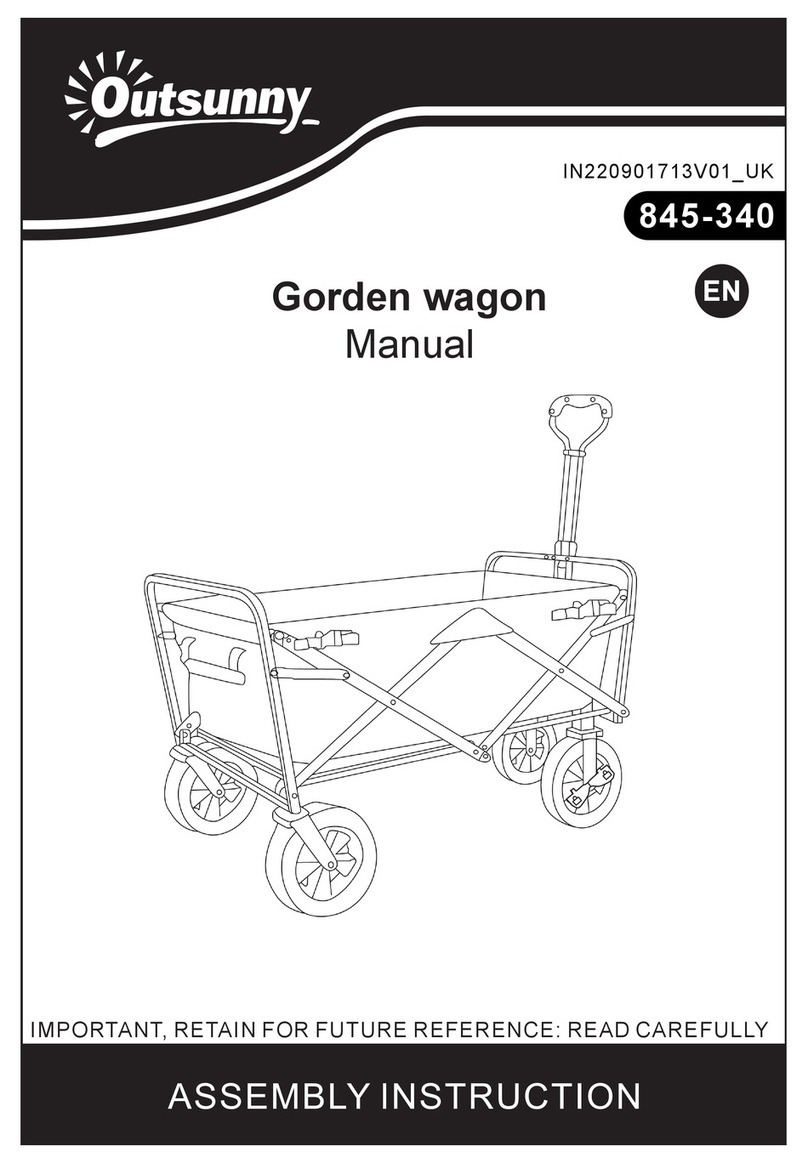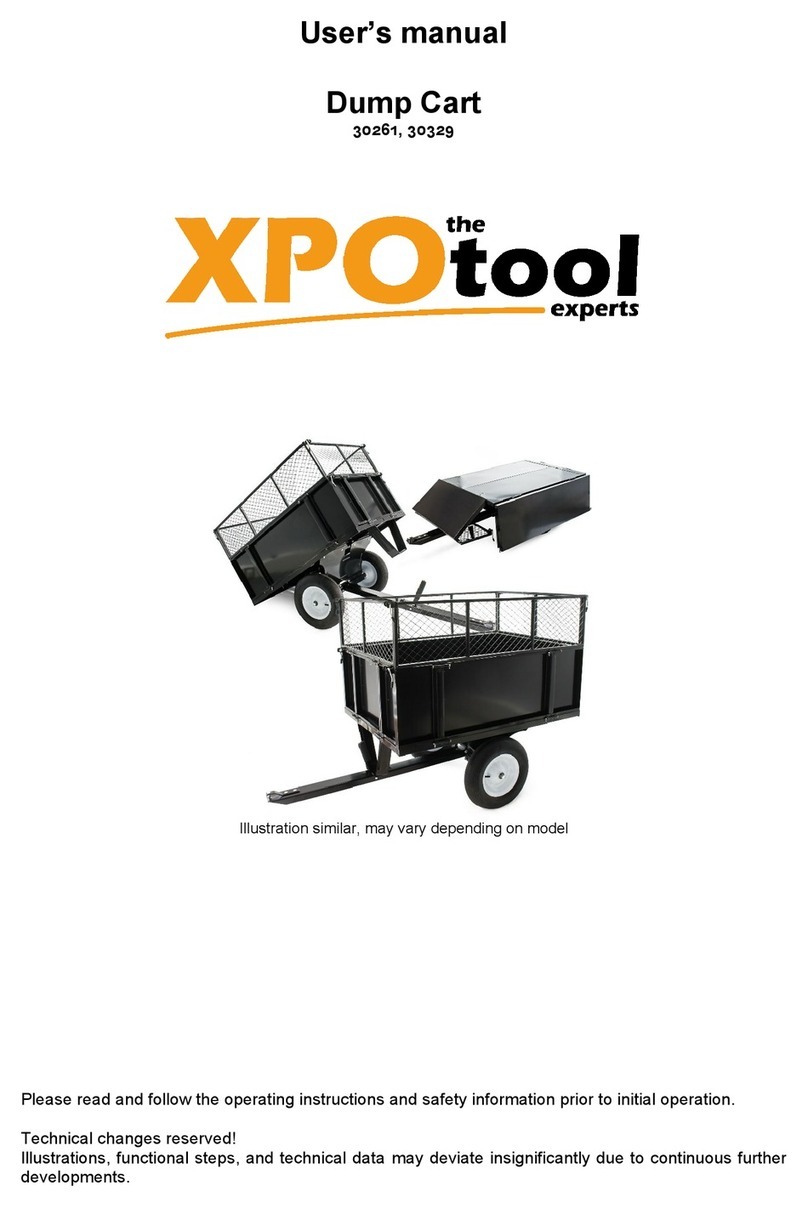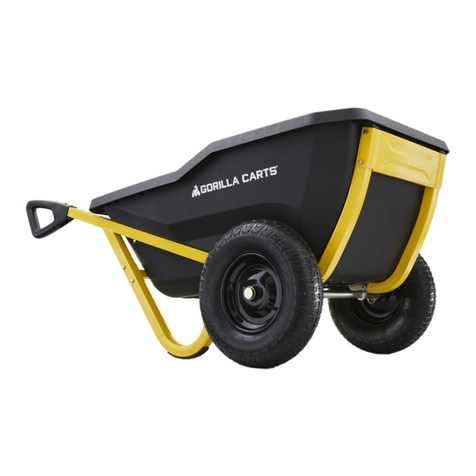
SAFETY INSTRUCTIONS
Warequip disclaims all responsibility for any personal injury or property damage which may occur as a
result of improper or unsafe use of its products. The following guidelines are intended to assist you in the
safe operation of your P2GO Turnmate. Should you have any questions about the correct operation of
your P2GO Turnmate, please contact Warequip for assistance.
Your Turnmate can negotiate grass, gravel, dirt and sand surfaces as well as hard paved or carpeted
surfaces. However, extra caution should be taken when operating your unit on uneven surfaces other than
flat surfaces.
Electromagnetic Interference (EMI)
Electrically powered equipment may be susceptible to Electromagnetic Interference (EMI). Sources such
as Radio Stations, TV Stations, Amateur Radio Transmitters, Two Way Radios and Cellular Phones all
emit electromagnetic energy (EM). It is highly unlikely but in extreme cases where the intensity of EM is
very high it may cause the powered equipment to release its brakes or move by itself. Powered equipment
has a certain immunity level which in most cases is adequate. If you feel EMI may be a risk then you
should conduct a site specific test and risk assessment to ensure the EM is within the products immunity
level.
If you notice any unintentional movement or brake release we recommend turning the unit off
immediately taking note of any high powered communications device in the area.
In Summary
DO NOT try to climb sharp curbs
DO NOT drive over obstacles exceeding 5cm in height
DO NOT make an abrupt change at high speed or while travelling on an incline
DO NOT attempt to make a fast turn on flat surfaces
DO NOT climb inclines greater than 8 degrees or a rise of 2 meters in 10 meters
DO NOT back onto uneven surfaces or inclines
DO NOT attempt to operate your unit in a stalled condition, such as travelling up too steep n incline. This
may cause the circuit breaker or thermal cut out to trip, rendering your unit temporarily immobile.
DO NOT operate your unit when the red battery indicator light is flashing
BE AWARE of nearby transmitters, such as radio or TV stations and hand-help or mobile two-way radios
and try to avoid coming close to them.
